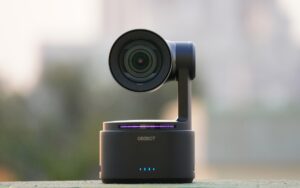
I’ve used my fair share of PTZ cameras over the years, but the Obsbot Tail 2 is the first one that made me pause and think, “Wow, this might actually replace having someone behind the lens.” It’s a bold claim for a camera that costs $1,199, nearly double the price of its predecessor, the Tail Air.
But the Tail 2 also brings a host of serious upgrades: optical zoom, a larger sensor, AI tracking that borders on uncanny, and a new fourth axis of movement: Rotate. The result is a device that, in the right hands (or even solo hands), can turn everyday video recording into something that looks professionally directed.
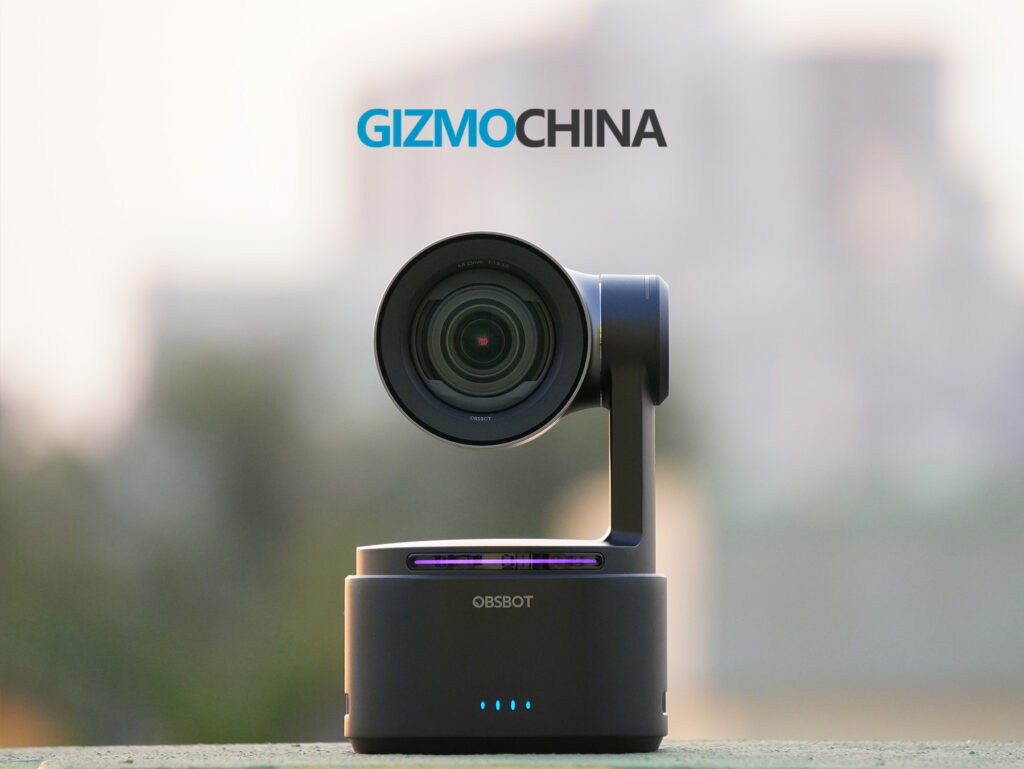
PTZR in Practice: Camera That Physically Adapts
The “R” in PTZR stands for Rotate, and it’s not just a gimmick. Being able to flip the lens into portrait orientation opens up more flexibility for shooting vertical content. I don’t shoot much for YouTube or Instagram personally, but I did try the vertical shooting mode during my tests, and it worked flawlessly.
The camera physically rotated itself into 9:16 without needing to remount it, and the framing stayed level and stable the whole time. If you’re making content for Reels, TikTok, or Shorts, this is an incredibly useful feature that saves time and keeps resolution intact.
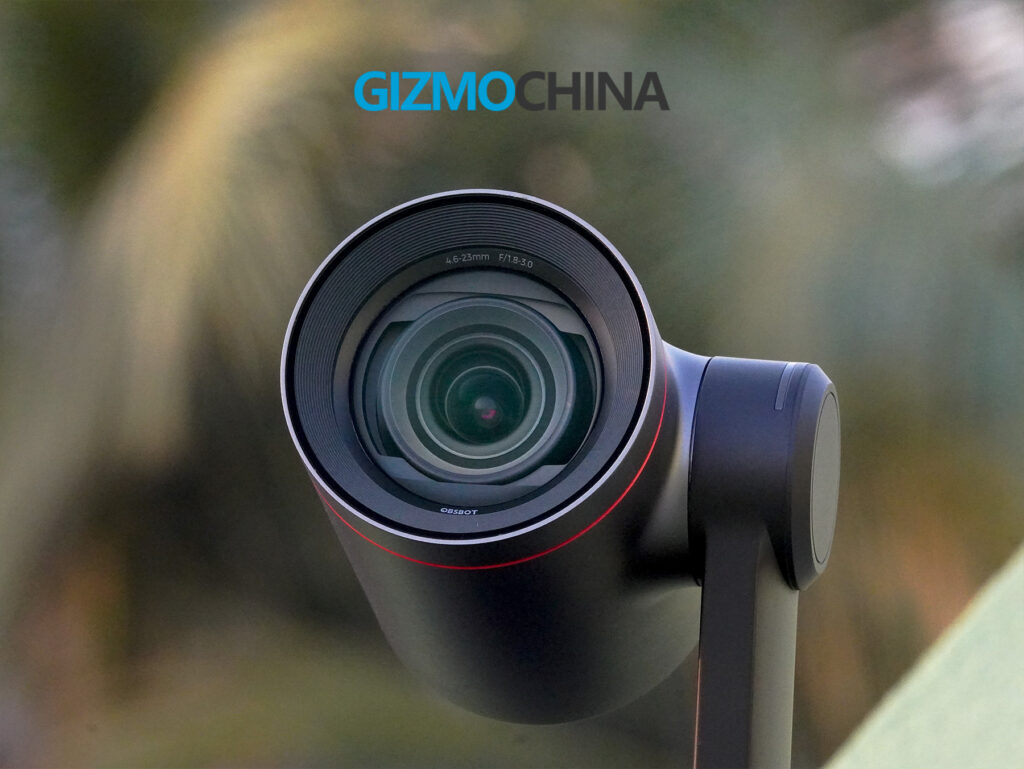
The build is solid, about 1.06 kg, so not featherweight but still portable. I carried it to my office for controlled tests and also to the playgrounds where I filmed local cricket, football, and basketball matches. In every environment, the Tail 2 felt confident and stable on a tripod, handling movement and light changes smoothly.
Tracking on the Field
Where the Tail 2 really impressed me was in its ability to track live sports. I tested it extensively during local cricket, football, and basketball sessions. In cricket, the Tail 2 tracked the bowler’s run-up and the batsman’s movements with near-perfect consistency. The ball’s path was a bit fast to track precisely, but the human subjects stayed perfectly in frame throughout.
In football, the experience was slightly more mixed but still largely positive. When the player with the ball stayed within the camera’s view, the Tail 2 tracked beautifully. However, footballers tend to move unpredictably and quickly, often into blind spots or out of the gimbal’s view. In those moments, the camera briefly lost the subject. But what stood out to me was how quickly it reacquired tracking the moment the player re-entered the frame. That sort of recovery speed is crucial in fast-paced environments.
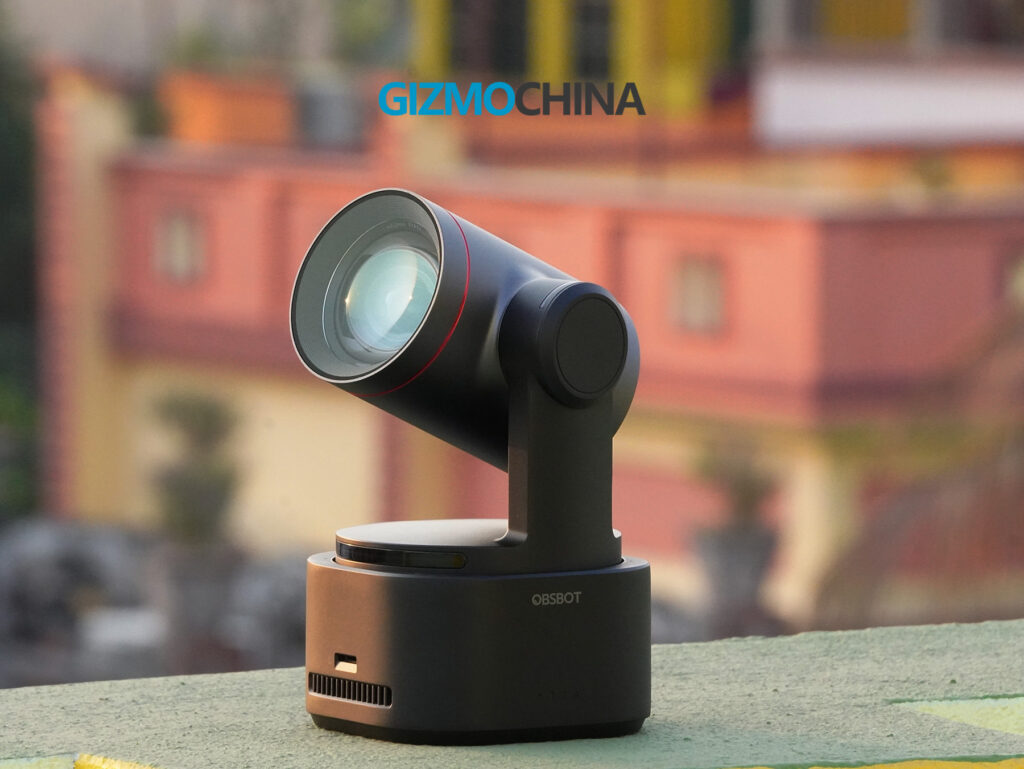
Basketball was a more limited test. I only had one player to follow, and it was shot outdoors. Even so, the Tail 2 handled the movement quite well, tracking the player consistently as they dribbled and made moves across the court. Occasionally, when the ball or player moved too quickly or jumped high out of frame, tracking would drop momentarily, but as soon as the subject came back into view, the camera locked back on without delay. It worked well for this type of solo training scenario.
I also experimented with object tracking, focusing specifically on the football and basketball. The Tail 2 was able to lock onto the ball and follow it for most of its journey, until the ball went too high or out of frame. Again, the camera picked it back up as soon as it came into view, but you do notice the brief interruption. If you’re using zoom to frame in tighter, you’ll feel those lapses more. But in ultrawide framing, tracking was much more consistent, making it better suited for general action coverage.
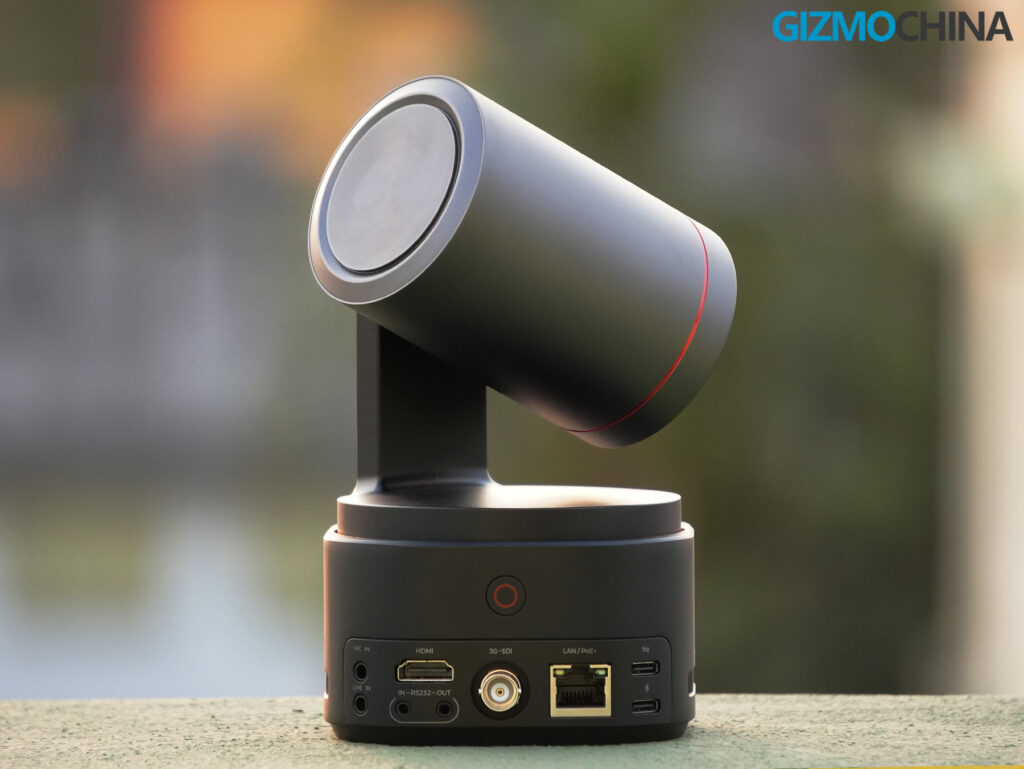
That said, even while zoomed in, I was surprised by how sharp the focus remained. The Tail 2’s autofocus locked on confidently, and there was very little breathing during tracking, which is often a weakness in many PTZ systems. It made zoomed-in subject shots feel professional and deliberate, not jittery or reactive.
In normal conditions though, especially in office or studio setups, the tracking has been absolutely flawless. During testing indoors, I walked out of the frame and the camera paused, patiently waiting. As soon as I re-entered the room, it immediately picked me up again and resumed tracking without delay. Just to check its loyalty, I sent someone else into the frame while I stayed out, and the Tail 2 ignored them completely. It’s impressively selective and really lives up to its “Only Me” tracking feature. In controlled environments, it performs like a tireless, focused camera operator that doesn’t get distracted.
I wasn’t able to record any full-scale event sessions with the Tail 2 yet, but based on how it handled different conditions in my testing, I don’t see any reason it wouldn’t perform well. The tracking, framing, and reliability all give me confidence that it could be used for weddings, seminars, stage performances, or other live events without much issue.
Check out the camera samples:
Basketball Test
Football Test
Cricket Test
Zoom Test
Optical Zoom That’s Actually Useful
The zoom performance on the Tail 2 genuinely surprised me. One evening, I was recording a sunset and decided to zoom in on a group of birds flying near the horizon. Even though I wasn’t using tracking at that moment, the camera’s autofocus nailed the shot. The detail was impressive, and focus remained locked on the birds without any noticeable hunting or lag. It gave me a real sense of how stable and refined the optics are, even without AI assistance.
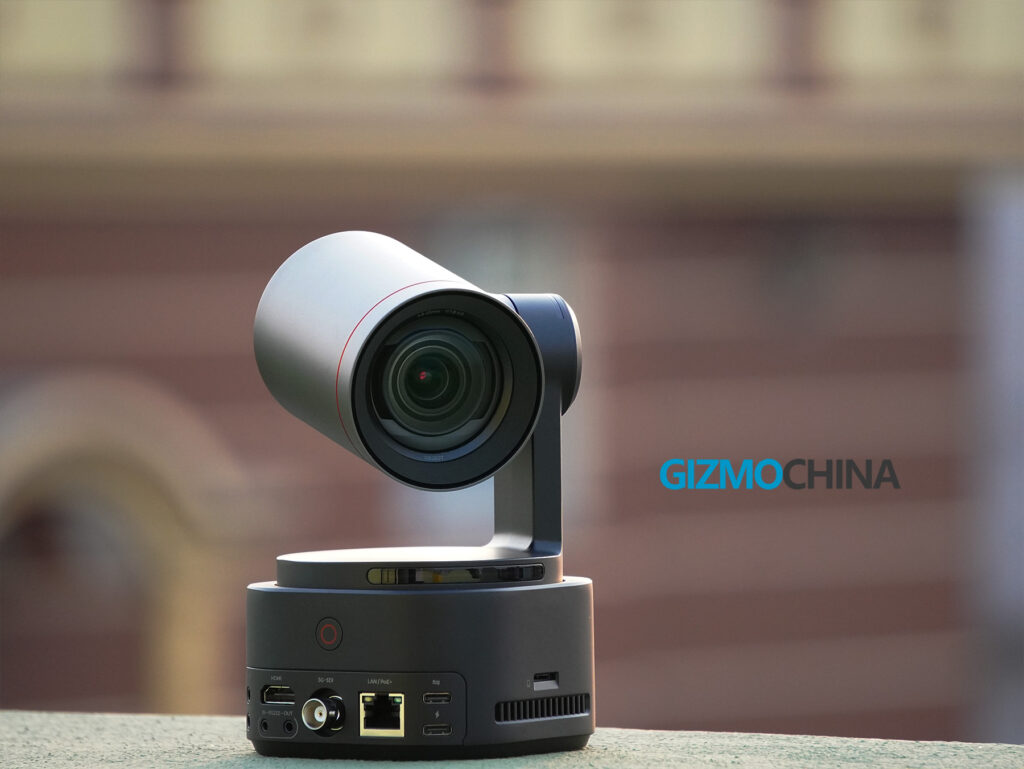
I also tested local short-format cricket games while zoomed in from the boundary, and the Tail 2 handled it like a champ. Whether I focused on the batsman, the wicketkeeper, or any fielder in the frame, the autofocus stayed fast and accurate. It never felt like the camera was second-guessing or slipping focus, which made those tight shots usable and sharp. That made it feel like using a proper prosumer camcorder, not just a webcam on a motorized head.
For general-purpose filming or interviews, the Auto Zoom feature is a lifesaver. It maintains consistent framing as you move closer or farther from the camera.
Image Quality
The Tail 2 sports a 1/1.5” CMOS sensor and a fast f/1.8 to f/3.0 lens, giving it excellent low-light handling and a cinematic look in well-lit scenes. In my office tests, the footage looked crisp even under ambient lighting. On the playground, harsh daylight and shadow zones didn’t throw it off. Exposure was even, colors were balanced, and highlights weren’t blown.
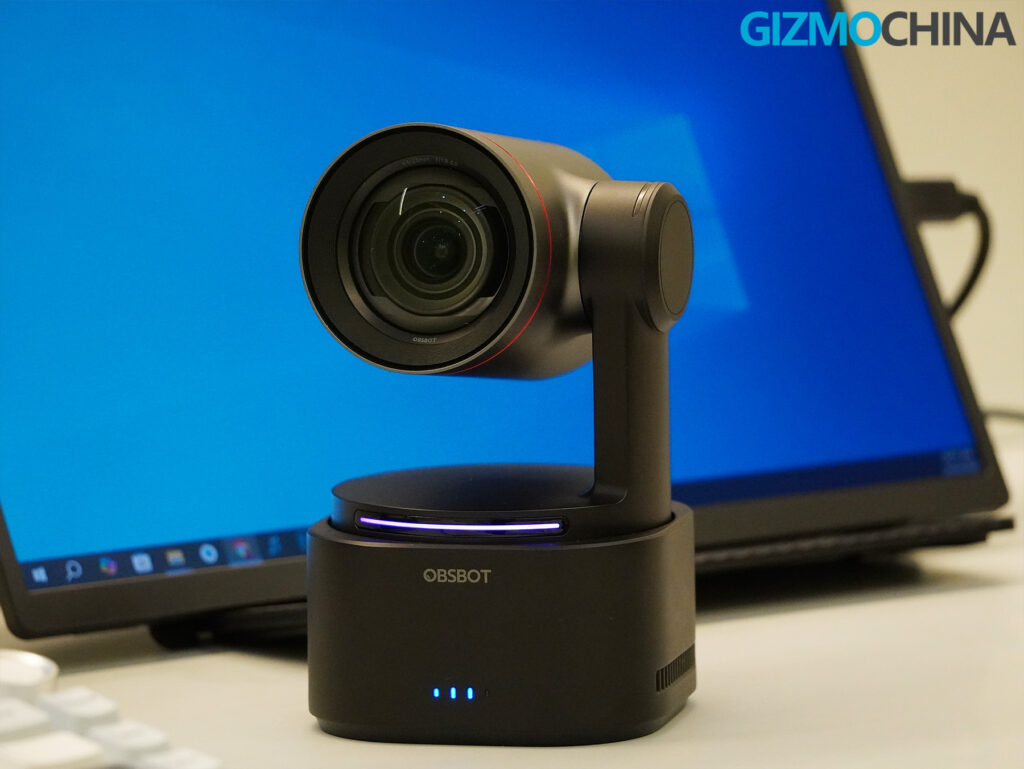
I also toggled HDR for some sunset shots and was impressed by how much detail it preserved in both sky and foreground. There’s little to no oversaturation, and Obsbot’s default color profile is quite natural. You can tweak sharpness and saturation in the app if you like, but most people won’t need to touch it.
Connectivity and Power
The Tail 2 is just as strong on the hardware front. I mostly used USB-C and HDMI outputs for recording and streaming tests. It also supports 3G-SDI and NDI|HX3 over Ethernet, which opens the door for more advanced multi-cam setups. If you’re running a production from a central console, this camera can slot right in with minimal friction.
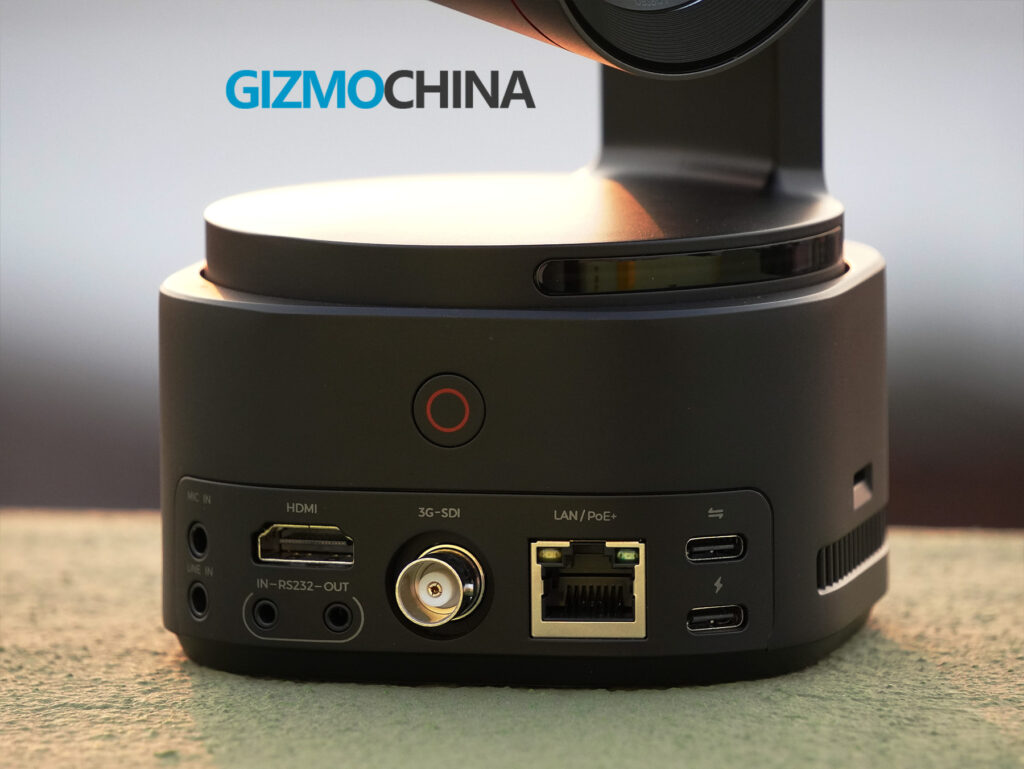
Battery life holds up well. I consistently managed around 5 hours, enough to cover a full football or basketball match without issues. If you need extra time, using a power bank is always an option. The device can get noticeably hot during outdoor use though.
Audio-wise, there’s no internal mic, so you’ll need an external source. I plugged in a lapel mic and got good, clean sound. Line-in from a recorder or mixer also worked without latency. It’s a fair trade. No built-in mic means no scratch audio, but you get far better input options for proper production.
Control and Software
The Obsbot Start app makes setup and control intuitive once you’ve done it a couple of times. The mobile app lets you adjust exposure, focus, tracking mode, and even steering the gimbal manually. I saved a few presets for different camera angles during sports, and switching between them with the remote was seamless.
That said, there is a learning curve, especially if you want to dive into manual settings or network streaming. For casual users, it might feel like a lot, but for creators and event professionals, it’s worth the time investment.
The software overall is reliable with the features it offers, though it is not without flaws. Obsbot has made significant improvements over the past year, yet some basic connection issues remain. In my experience, the camera would not connect directly via Wi-Fi. I had to first use Cellular mode by connecting to the device’s hotspot and then manually switch to my own Wi-Fi network. After that, the Wi-Fi search started working, but the underlying problem persists. The camera often fails to detect networks, and the Wi-Fi search screen can freeze. This feels like something that could be resolved with a future OTA update.
There is also a small glitch when playing back recorded videos through the app. Occasionally, after a video ends, the back button does not show up. I noticed this happening on iOS, though I am not sure if Android devices face the same issue. From what I have seen, most of Obsbot’s software bugs seem to affect iOS more than Android.
Final Verdict
The Obsbot Tail 2 is a powerful and flexible tool for content creators, educators, and event videographers. It doesn’t just follow you. It frames you smartly, adjusts focus like a proper camera, and brings genuinely useful hardware connectivity that most consumer devices ignore. My field testing in cricket, football, and basketball scenarios showed me both the limits and the promise of AI tracking in a production-grade camera. It isn’t flawless. Fast action and blind spots still challenge it, but its recovery and adaptability are impressive.
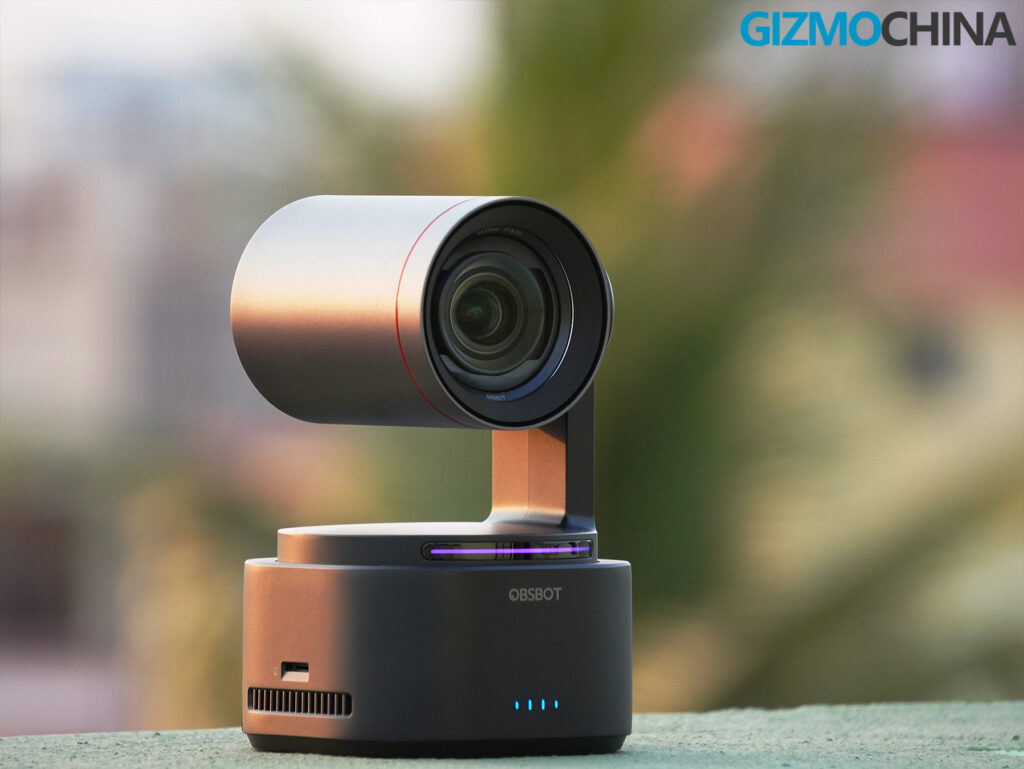
If you’re filming dynamic content solo and want results that look directed without hiring a crew, this camera is an easy recommendation. It might be overkill for casual users, but for those who care about sharp, intelligent video without the hassle of manual camera work, the Tail 2 is worth the investment. And if you’re someone who covers live events like weddings, seminars, church services, or stage shows, this is an excellent piece of gear to have in your kit. It gives you the freedom to capture pro-level footage without needing a full production team.
Pricing and Availability
The Obsbot Tail 2 starts at $1,199 for the standard pack, which includes the camera, USB-C cables, and RS232 serial cables. It’s available via the official Obsbot website and Amazon.
Bundle options like the Remote Combo ($1,309–$1,377), PowerUp Combo ($1,709–$1,804), and Multicam Combo ($3,779–$3,973) cater to different production needs. Optional accessories include an NDI License Key ($99), ND Filters Set ($149), and a PD 3.0 GaN Quick Charger ($39.90).
For more daily updates, please visit our News Section.
Stay ahead in tech! Join our Telegram community and sign up for our daily newsletter of top stories! 
The post Obsbot Tail 2 Review: The Ultimate PTZR AI Camera for Sports, Events, and Streaming appeared first on Gizmochina.








